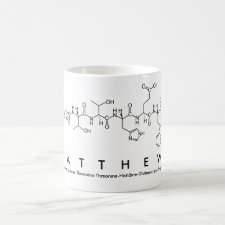
Authors: Cooper MA, Singleton VT
Article Title: A survey of the 2001 to 2005 quartz crystal microbalance biosensor literature: applications of acoustic physics to the analysis of biomolecular interactions.
Publication date: 2007
Journal: Journal of Molecular Recognition
Volume: 20
Issue: (3)
Page numbers: 154-184.
DOI: 10.1002/jmr.826
Abstract: The widespread exploitation of biosensors in the analysis of molecular recognition has its origins in the mid-1990s following the release of commercial systems based on surface plasmon resonance (SPR). More recently, platforms based on piezoelectric acoustic sensors (principally "bulk acoustic wave" (BAW), "thickness shear mode" (TSM) sensors or "quartz crystal microbalances" (QCM)), have been released that are driving the publication of a large number of papers analysing binding specificities, affinities, kinetics and conformational changes associated with a molecular recognition event. This article highlights salient theoretical and practical aspects of the technologies that underpin acoustic analysis, then reviews exemplary papers in key application areas involving small molecular weight ligands, carbohydrates, proteins, nucleic acids, viruses, bacteria, cells and lipidic and polymeric interfaces. Key differentiators between optical and acoustic sensing modalities are also reviewed. Copyright © 2007 John Wiley & Sons, Ltd
Template and target information: Review - acoustic (bio)sensors
Author keywords: acoustic, affinity, label-free, kinetics, quartz crystal microbalance, QCM, piezoelectric, biosensor, review



Join the Society for Molecular Imprinting

New items RSS feed
Sign-up for e-mail updates:
Choose between receiving an occasional newsletter or more frequent e-mail alerts.
Click here to go to the sign-up page.
Is your name elemental or peptidic? Enter your name and find out by clicking either of the buttons below!
Other products you may like:
 MIPdatabase
MIPdatabase









